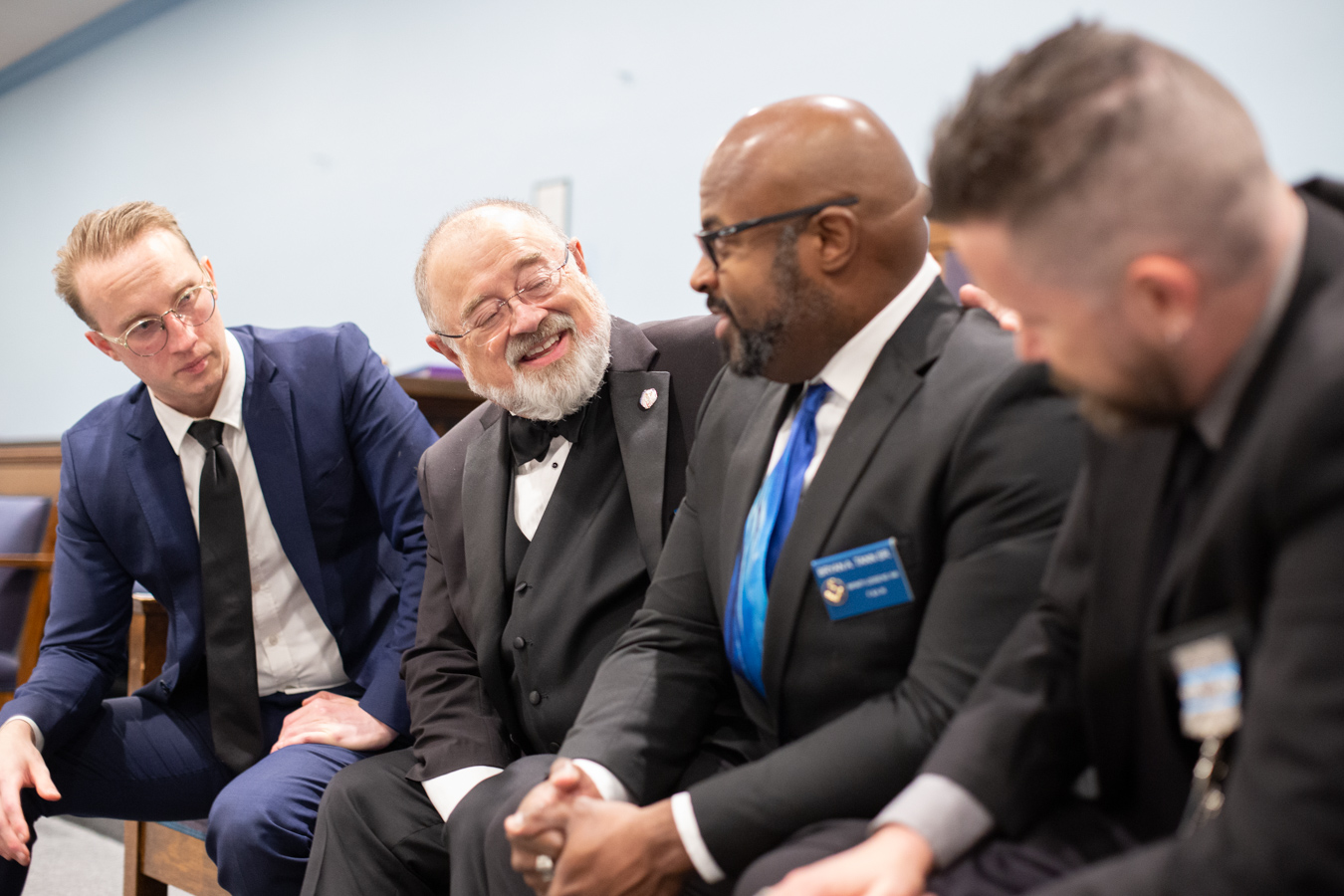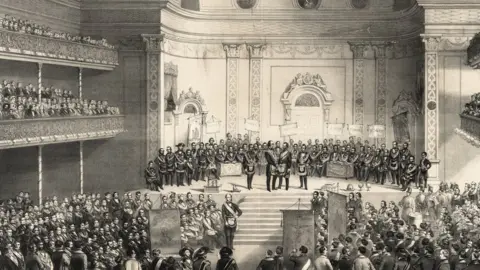Understanding the Requirements of How to Become a Freemason with Confidence
Understanding the Requirements of How to Become a Freemason with Confidence
Blog Article
Checking Out the Mysteries of the Freemason: What You Required to Know
The Freemason, a term often shrouded in intrigue and dispute, stands for an intricate tapestry of historical reality and modern misconception. Developed in the late 18th century, this secret culture was at first rooted in the Enlightenment's ideals yet has because come to be synonymous with conspiracy theories regarding elite control. As we navigate the origins, essential figures, and the raw comparison in between myth and reality, one have to consider just how these narratives influence contemporary perceptions of power and secrecy. What could be exposed with a closer examination of these elements could test long-held assumptions regarding the shadows that remain in our culture.
Beginnings of the Freemason
The beginnings of the Freemason are steeped in a mix of historic intrigue and ideological eagerness. Developed in 1776 in Ingolstadt, Bavaria, by Adam Weishaupt, the group was originally created as a secret society focused on promoting Enlightenment suitables such as factor, secularism, and the separation of church and state. Weishaupt, a professor of canon law, sought to test the prevailing authority of the church and state, which he deemed oppressive institutions stifling intellectual and individual freedom.
The Freemason looked for to recruit influential members from various societal sectors, including politics, academic community, and the arts, to cultivate a network devoted to these Enlightenment principles. The culture operated under a veil of privacy, employing coded language and routines to protect its members from oppression, especially given the repressive environment of the moment. However, the Freemason encountered substantial resistance from both governmental authorities and spiritual organizations, which saw the team as a threat to their power.
Secret Figures and Participants
That were the crucial numbers that shaped the Freemason's very early influence and direction? The Bavarian Freemason, established in 1776 by Adam Weishaupt, became a feedback to the oppressive social frameworks of the time. how to become a freemason. Weishaupt, a legislation teacher, visualized the organization as a way to promote Enlightenment suitables such as factor, secularism, and equal rights. His preliminary recruitment efforts included prominent pundits, such as Baron von Knigge, who played a crucial duty in broadening the team's membership and business structure.
One more considerable number was Johann Gottlieb Fichte, a prominent philosopher whose ideas on nationalism and education and learning reverberated with the Freemason's objectives. Fichte was not a formal member, his philosophical bases affected the group's ideology. Additionally, numbers like the author and philosopher Johann Wolfgang von Goethe were connected with the broader intellectual motions of the moment, although their direct participation with the Freemason stays questioned.
These key figures added to the Freemason's early instructions, pressing the borders of political and social thought, while their cumulative initiatives intended to test well established norms and cultivate a climate of progressive change in Europe.
Myths vs. Fact
Many misunderstandings surround the Freemason, typically blending truth with fiction in a manner that covers its true nature. This secret culture, originally founded in 1776 in Bavaria, intended to advertise Enlightenment suitables and fight spiritual and political oppression. The concept that the Freemason continues to put in substantial impact over world events is a misconception. While the group did exist, it was disbanded in the late 18th century and has not operated as a cohesive entity ever since.
An additional common myth is that the Freemason consists of a network of elite individuals adjusting international affairs. Actually, lots of conspiracy theory concepts exaggerate the team's significance, connecting misguided objectives to social fads and events. This has caused an oversimplified view of complicated problems.

Modern Interpretations
Contemporary analyses of the Freemason usually mirror broader societal anxieties and an attraction with privacy and power. This contemporary lens regularly connects the Freemason with conspiracy concepts that suggest a covert elite manages world occasions, manipulating governments and economic climates for their very own gain. Such narratives use a deep-rooted mistrust of authority, particularly in times of crisis or social turmoil.

In addition, hop over to these guys some modern-day interpretations mount the Freemason as an allegory for the complexities of globalization and the interconnectedness of significant individuals and organizations. This point of view encourages a vital evaluation of how power characteristics run in today's globe, highlighting the equilibrium in between openness and privacy in governance and corporate techniques.
Cultural Effect and Heritage
Influenced by centuries of intrigue, the cultural effect and tradition of the Freemason expand much past its historic origins. This secret society, established in the late 18th century, has penetrated numerous aspects of pop culture, from literature and movie to songs and art. The idea of the Freemason has actually progressed right into a sign of conspiracy theories, usually standing for a regarded covert power manipulating global events.
In literature, authors like Dan Brown have actually woven the Freemason into detailed plots, exciting visitors with styles of secrecy and power. Films such as "National Prize" and "The Da Vinci Code" additionally continue the appeal of the society, blending truth with fiction to develop interesting narratives.
The Freemason's influence likewise prolongs right into music, with artists referencing the organization to evoke motifs of rebellion and social review. This portrayal has actually added to an attraction with the concept of private groups controlling the bars of power, reflecting societal anxieties regarding authority more and transparency.
Ultimately, the Freemason's tradition is an intricate tapestry of misconception and truth, forming perceptions of secrecy and control in contemporary discourse. Its long-lasting visibility in culture highlights mankind's seasonal mission for recognizing surprise realities.
Conclusion
The expedition of the Freemason discloses an intricate interplay in between historical truths and modern-day myth-making. Established in the Enlightenment era, this society intended to challenge oppressive structures, yet its legacy has been eclipsed by conspiracy concepts that recommend elite adjustment. Recognizing the differences in between the initial ideals and contemporary analyses is important for comprehending the sustaining attraction with the Freemason and its substantial influence on social narratives bordering power and privacy in culture.
Report this page